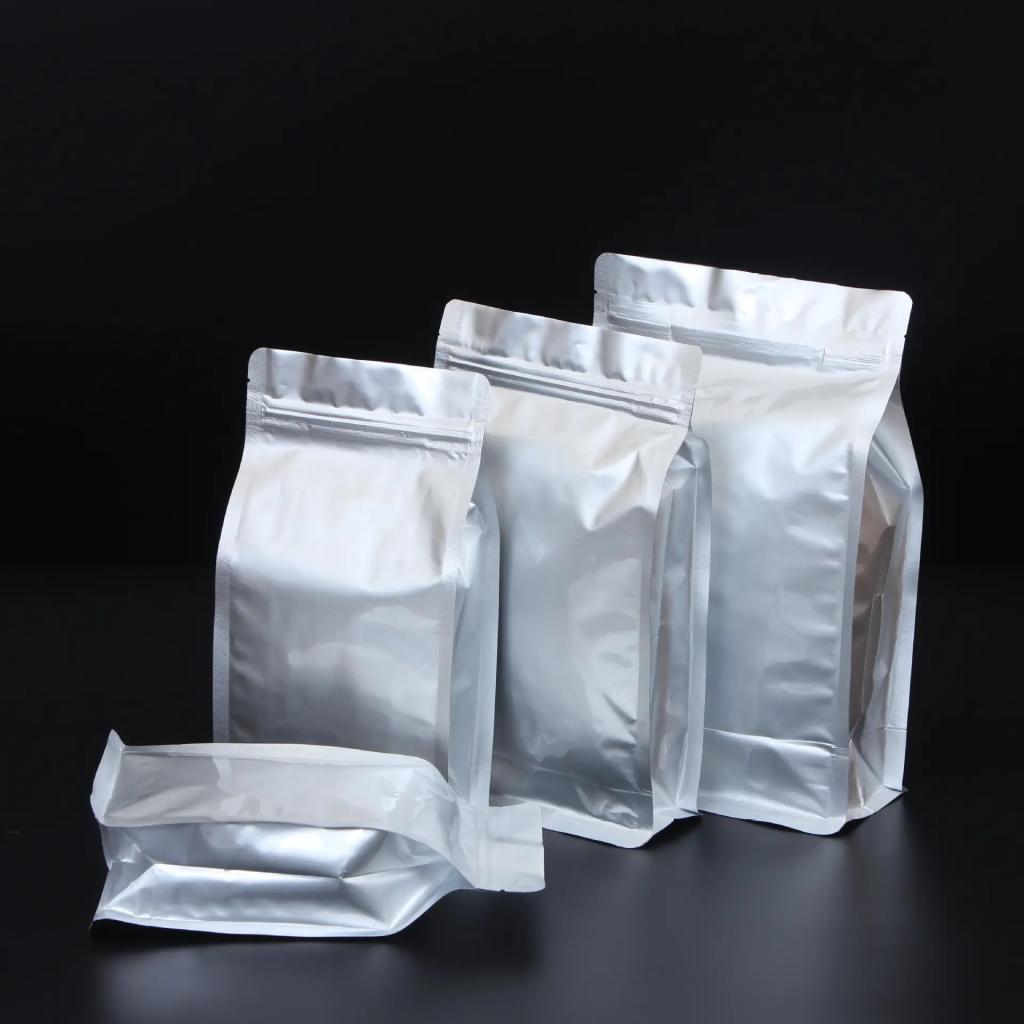High Stability Phosphatidylserine,Extended Food Shelf Life
Time:2024-08-02
The processing stability and storage conditions of phosphatidylserine in food are crucial for maintaining its efficacy and extending the shelf life of products. Phosphatidylserine exhibits high stability during food processing, primarily due to its unique chemical properties and various functional characteristics. It is an excellent emulsifier, aiding in the effective mixing of water and oils to maintain a stable emulsion. This emulsifying action is critical in food processing, especially in products like salad dressings, sauces, and frozen desserts. By emulsifying fats, various components in food can be uniformly dispersed, preventing separation and stratification, thus improving the stability of the food product.
Phosphatidylserine also possesses antioxidant properties, which help slow down oxidative reactions in food, particularly in products high in fat content. Oxidation can lead to deterioration in taste and quality, so reducing oxidation helps extend the shelf life of food. When added to bakery products (such as bread and pastries), phosphatidylserine can improve dough texture, making it softer, fluffier, and easier to process, thereby enhancing the quality and consistency of the baked goods. Phosphatidylserine can also stabilize certain food ingredients, preventing their breakdown or separation, which helps maintain the overall structure and texture of the product, ensuring the final quality.
To maintain the quality and stability of phosphatidylserine, strict storage conditions must be followed, as outlined below:
1.Temperature:
·Phosphatidylserine should be stored in a low-temperature environment, typically at -20°C (-4°F) or lower. Low temperatures help slow molecular movement, reduce oxidation, and slow degradation, thus extending the product's shelf life.
·Avoid storing phosphatidylserine in high-temperature environments, as high temperatures can cause decomposition or loss of activity.
2.Humidity and Sealing:
·Phosphatidylserine should be stored in sealed containers to prevent air, moisture, or other contaminants from entering. Sealed containers help maintain the freshness and quality of the product.
·Avoid humid environments, as moisture can cause phosphatidylserine to absorb water, reducing its quality and stability.
3.Light Exposure:
·Phosphatidylserine should be stored away from direct sunlight or strong light exposure. Ultraviolet and visible light can adversely affect its stability, so storage areas should have low light intensity.
4.Stability and Temperature Fluctuations:
·The storage temperature of phosphatidylserine should remain stable, avoiding fluctuations.Temperature fluctuations can cause condensation inside the container, accelerating degradation.
·Ensure the storage area is dry to prevent the product from absorbing moisture, clumping, or becoming damp.
5.Other Considerations:
·Avoid storing phosphatidylserine near harmful chemicals, oxidizing agents, or pollutants to prevent contamination or oxidation.
·Regularly check the quality of phosphatidylserine, including color, odor, and appearance, to ensure it has not been adversely affected by environmental factors.
·Follow the storage instructions and recommendations provided by the manufacturer, as different products and manufacturers may have varying storage requirements.
The processing stability and storage conditions of phosphatidylserine in food are closely related. Through proper processing and storage measures, its optimal effect in food can be ensured, and the shelf life of the product can be extended.


 CN
CN





